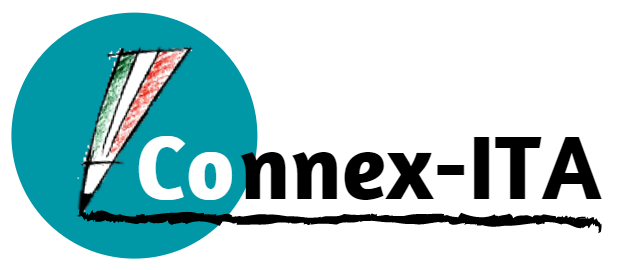HOW TO SAY THE TIME IN ITALIAN
Do you know how to say the time in Italian? If not, you’ll know after this lesson!
Keep reading to learn how to ask the time and how to read the clock in Italian. There’s a practical part at the end of the video lesson so make sure that you stick until the end!
If you don’t know how to count the numbers in Italian, I recommend you to check out the following lessons first:
Ready for a new Italian lesson? Let’s go!
HOW TO SAY THE WORD “TIME” IN ITALIAN
Before we jump into how to ask the time in Italian, let’s see first how to say the word “time”.
The Italian term for “time” is ORA and it’s feminine. Hence with the article, you say: L’ORA on the singular and LE ORE on the plural.
WHAT TIME IS IT? (IN ITALIAN)
Now let’s have a look at how to ask the question “what time is it?” in Italian.
You have two options with basically the same meaning
- CHE ORA E’?
- CHE ORE SONO?
The second option is the same sentence on the plural. It’s probably the most common one, but you can use the first as well and there’s no difference in the meaning.
Note that we use the verb “to be” to ask the time – If you don’t remember how to say the verb to be in Italian you can check my lesson on this topic: THE VERB “TO BE” IN ITALIAN: EVERYTHING YOU NEED TO KNOW
HOW TO SAY THE TIME
Moving on, let’s see how you reply and read the Italian clock.
It’s pretty simple: you need to use the verb to be and then add the time, like in the following examples.
- E’ l’una = it’s one o’clock
- Sono le dieci = it’s ten o’clock
Before the time, you need to say the article which is always feminine as the time in Italian, L’ORA, is feminine. You generally refer to the time on the plural, so you’ll use the article LE. However, you speak on the singular in the following instances: midday (mezzogiorno), one o’clock (l’una) and midnight (mezzanotte).
In the video lesson, I’ll go over all the times in details so I suggest you to check it out!
You can also read the following lessons:
- HOW TO USE “TO BE” TO TALK ABOUT YOURSELF (IN ITALIAN)
- ITALIAN NUMBERS: LEARN HOW TO COUNT UP TO 100
- VERB “TO BE” IN ITALIAN: EVERYTHING YOU NEED TO KNOW

